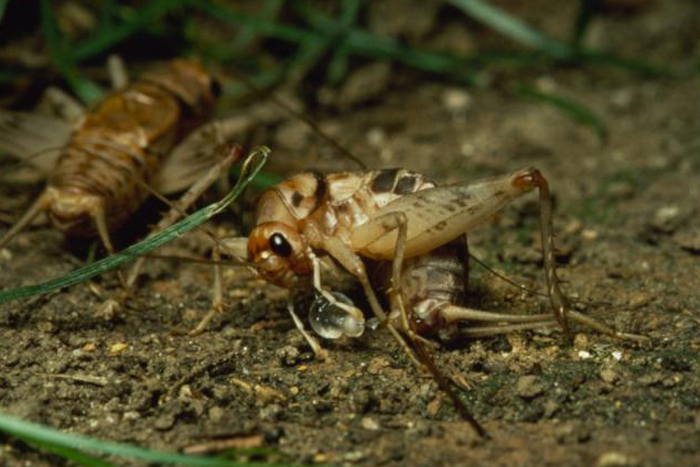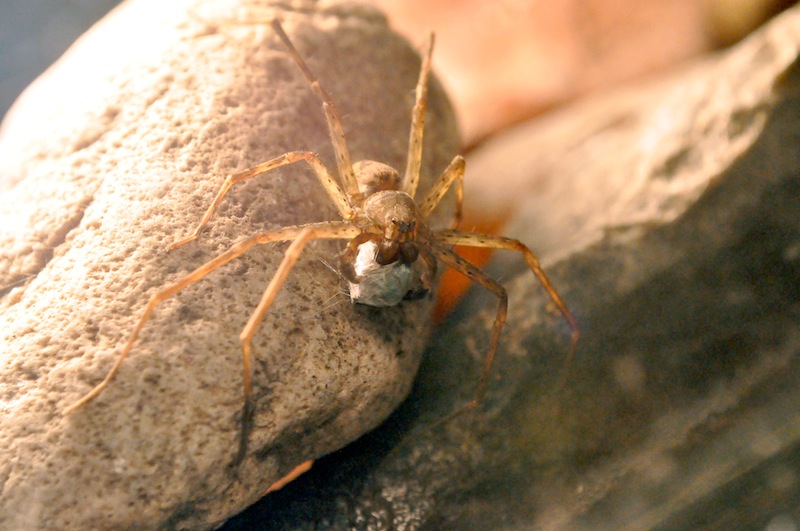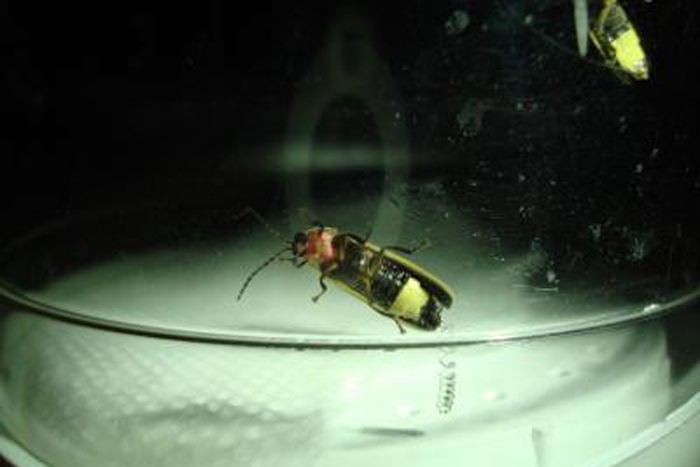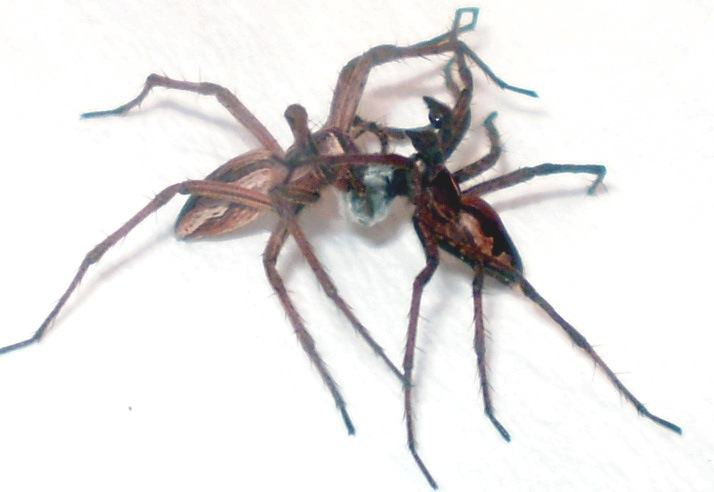Holiday Horrors Unwrapped: 5 Weird Gifts in the Animal Kingdom
This year, when your family gathers around the tree on Christmas morning, be glad you aren't a cricket. The best gifts they ever get are gelatinous balls of protein.
Yes, animals give and receive, too, though less to spread holiday cheer and more to woo potential mates. In the spirit of holiday generosity, here are five of the strangest (and most horrifying) presents of the animal kingdom.
Cricket goo
That gelatinous ball of protein we mentioned? It's the "nuptial gift" of the decorated cricket (Gryllodes sigillatus). Males offer females these edibles during the mating process. Originally, scientists thought that males gave these snacks to their mates to discourage the females from eating their sperm instead. But a 2015 study in the journal PLOS ONE found that the proteins in these jellylike balls might actually influence female crickets' behavior. [Animal Sex: 7 Tales of Naughty Acts in the Wild]
"It's a bit like the old cliché of offering a box of chocolates on the understanding that your sperm will be met by a receptive reproductive system," study researcher Richard Ffrench-Constant, a professor of molecular natural history at the University of Exeter, said in a statement.
The proteins are similar to insect growth factor proteins, Ffrench-Constant and his colleagues found. Thus, it's possible they might alter females' physiology, perhaps preventing them from mating with other males. In other words, this may be a gift with strings attached.
Mmm, flies
Get the world’s most fascinating discoveries delivered straight to your inbox.
Spiders get in on the gift-giving game, too. And if they know what's good for them, they won't forget the gift wrap.
Researchers found that the Neotropical spider Paratrechalea ornate woos females with silk-wrapped insects, they reported in a 2014 study. Females, in turn, judge the quality of males based on the whiteness of the silk. When researchers painted spider mouths white to mimic the look of a spider carrying a wrapped insect, females mated with the white-mouthed spiders earlier and more often than with spiders not painted white. Furthermore, the healthier the spiders, the more silk they use in their wrappings, increasing the whiteness of the package. Thus, the wrapping may give females important signals about the quality of potential mates.
A nutritious package
Male fireflies wrap their sperm in a high-protein package when they transfer it to females, a gift that improves their chances of fathering offspring, according to 2012 research.
Female fireflies mate with different males night after night, so males have to compete to be the one that ultimately fertilizes the female's eggs. The larger the male's nuptial gift, the research found, the more likely females are to mate with him. Plus, when a female does mate with more than one male, the one with the larger nuptial gift is more likely to be the one to father her offspring, probably because larger gifts contain more sperm. The findings are intriguing, the researchers said in a statement, because nuptial gifts aren't visible to females during the courtship process; something about the male's behavior or appearance must give a hint as to the size of the gift he's packing.
The gift of architecture
Bowerbird males are master architects, building elaborate stone-stick-and-bone structures to attract females. When a lady accepts the invitation to this love nest, the two birds mate.
Bowerbirds are clever about how they deploy these architectural gifts. They place stones and bones behind an avenue of sticks, but they put larger objects farther from the stick-lined walkway, creating an optical illusion that makes the male — sitting on the other side — look larger than he really is.
False gift
Speaking of gifts that aren't exactly as advertised, some nursery web spiders give worthless presents … and then try to mate with the recipient anyway.
Instead of wrapping up a delicious fly or other insect, these tricky spiders package up cotton fluff or pieces of flower. In the wild, about 38 percent of nursery web spider gifts are fakes, according to research published in 2011. The tricks work, the research found. While males not bearing gifts mated only once every six attempts, males with fake presents mated in 12 out of 13 attempts, no different than the rate of spiders with real gifts.
Follow Stephanie Pappas on Twitter and Google+. Follow us @livescience, Facebook & Google+. Original article on Live Science.

Stephanie Pappas is a contributing writer for Live Science, covering topics ranging from geoscience to archaeology to the human brain and behavior. She was previously a senior writer for Live Science but is now a freelancer based in Denver, Colorado, and regularly contributes to Scientific American and The Monitor, the monthly magazine of the American Psychological Association. Stephanie received a bachelor's degree in psychology from the University of South Carolina and a graduate certificate in science communication from the University of California, Santa Cruz.







